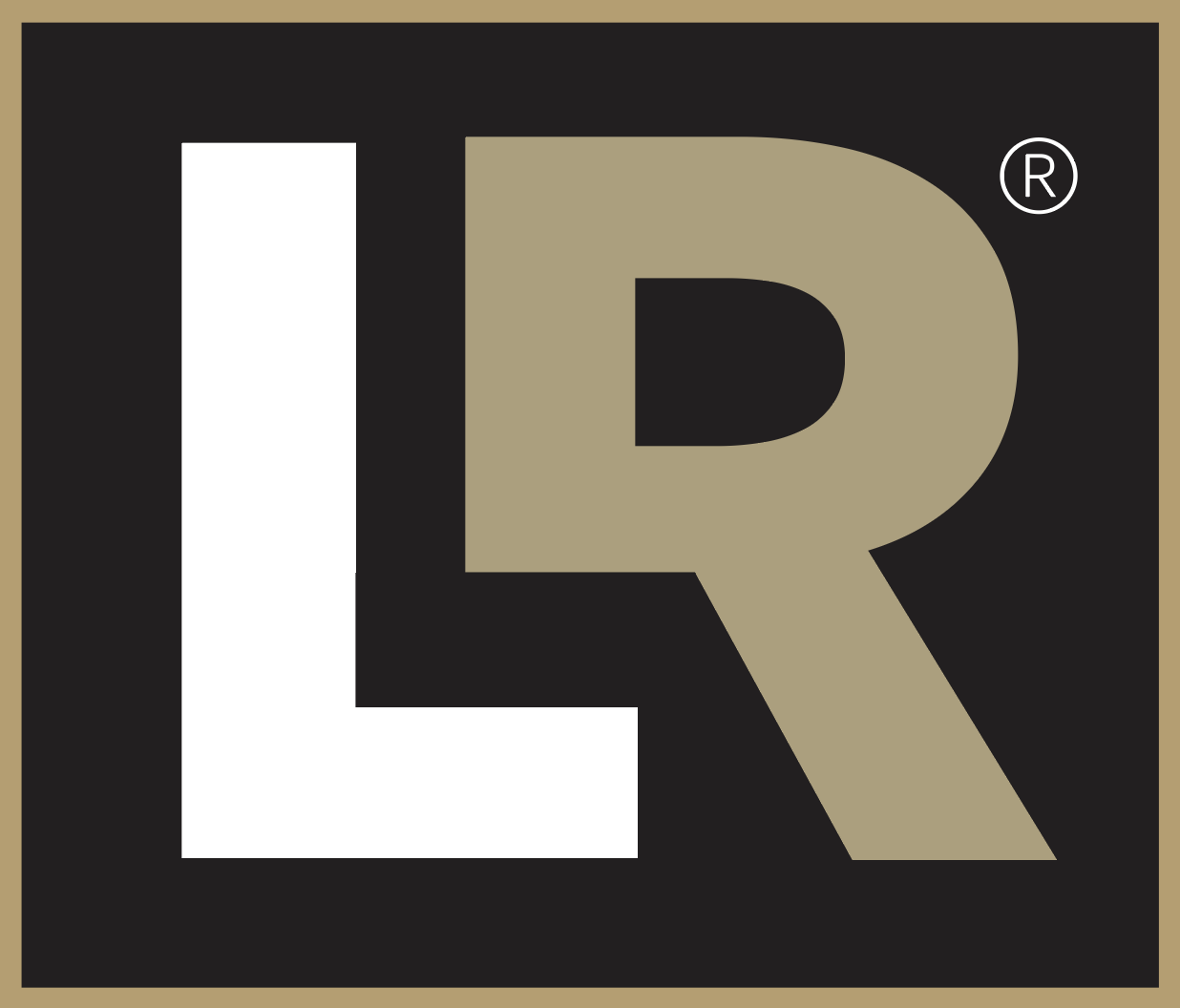A Brief History of GST – Goods & Services Tax in Business

A Brief History of GST – Goods & Services Tax in Business
Taxation refers to the collection of money from society for economic development and growth. Different countries around the world implemented different types of taxes to generate revenue. It can be locally or imposed by the federal or the central government. Retailers or manufacturers have to calculate a certain amount of percentage that an end consumer has to pay over the sales price. A GST calculator will provide proficiency and accuracy in finding that value. There are multiple types of online calculators available, and they are easy to use and helpful as well. Goods & Services TaxGST (goods & services tax) is also known as value-added tax, which is imposed on the products or services produced or sold within the country. The government imposed certain percentage as a tax rate that is charged on the sale price of that product. The end consumer or customer has to pay that amount on the time of purchase. The main purpose of this indirect tax is to generate revenue, which is then used to benefit society. From that revenue, local or federal government plan different development projects like infrastructure, education, employment, health and many more.Some countries do not have GST or any kind of indirect tax. Whereas in some regions it is considered as the authority of local or municipal government to impose or collect indirect tax, not the federal government. Every region around the world has different taxation reform that is appropriate with their system as well as the economy. An overview As we know GST is a form of indirect tax and imposed by different region to collect revenue from the public. It was firstly introduced by France in 1950s, after that more than 120 countries implemented this into their taxation system. All the member states of European Union exercised GST and considered it as a source of transparent tax collection from the economy. Basically this is applied to the difference in sales price and cost of production and the end consumer has to pay it on purchasing. This tax is considered as equal to other sales tax, which is imposed on consumer goods as well as on capital goods. Generally, there were two types of GST that were applicable, one is income type GST and the other is consumption type GST. In different countries consumption type GST is regulated that is applied to goods and services at a particular rate. Normal GST rate is started at 5% and goes up to 25%.
 Two men with laptops reviewing paperwork; image by Helloquence, via Unsplash.com.
Two men with laptops reviewing paperwork; image by Helloquence, via Unsplash.com.

About Aneeq Gill
Aneeq Gill has been a writer for three years. He writes SEO articles for business and ELearning articles. He provides articles for a number of websites, including prepostseo.com and calculators.tech.
